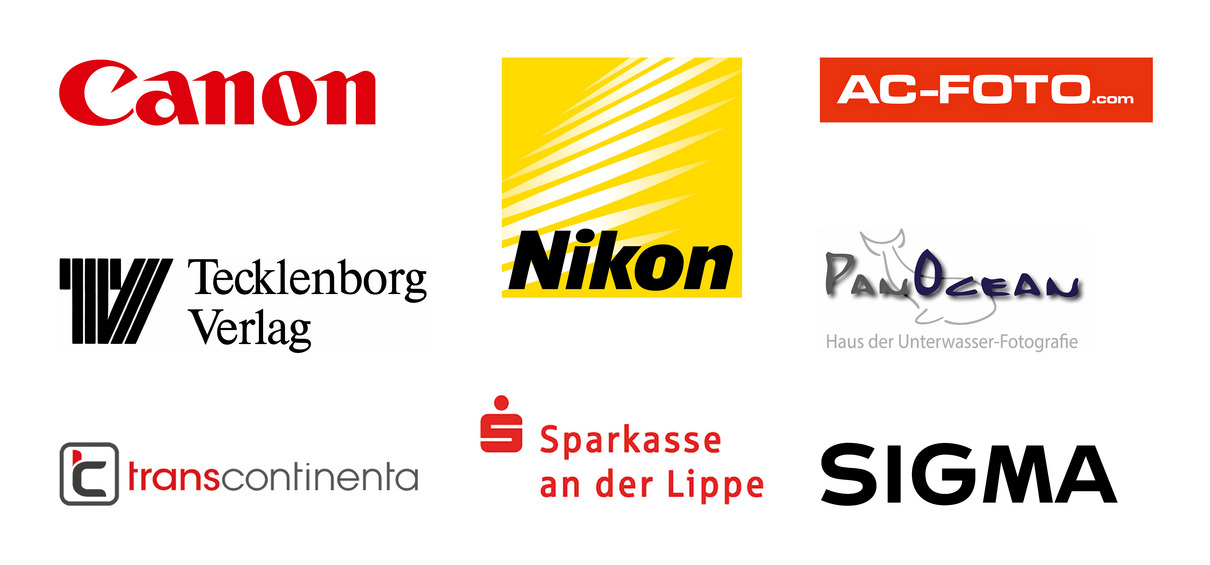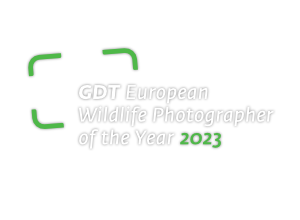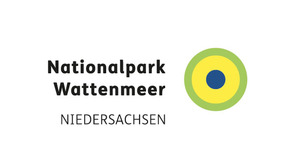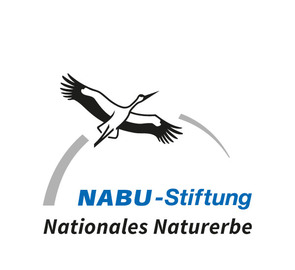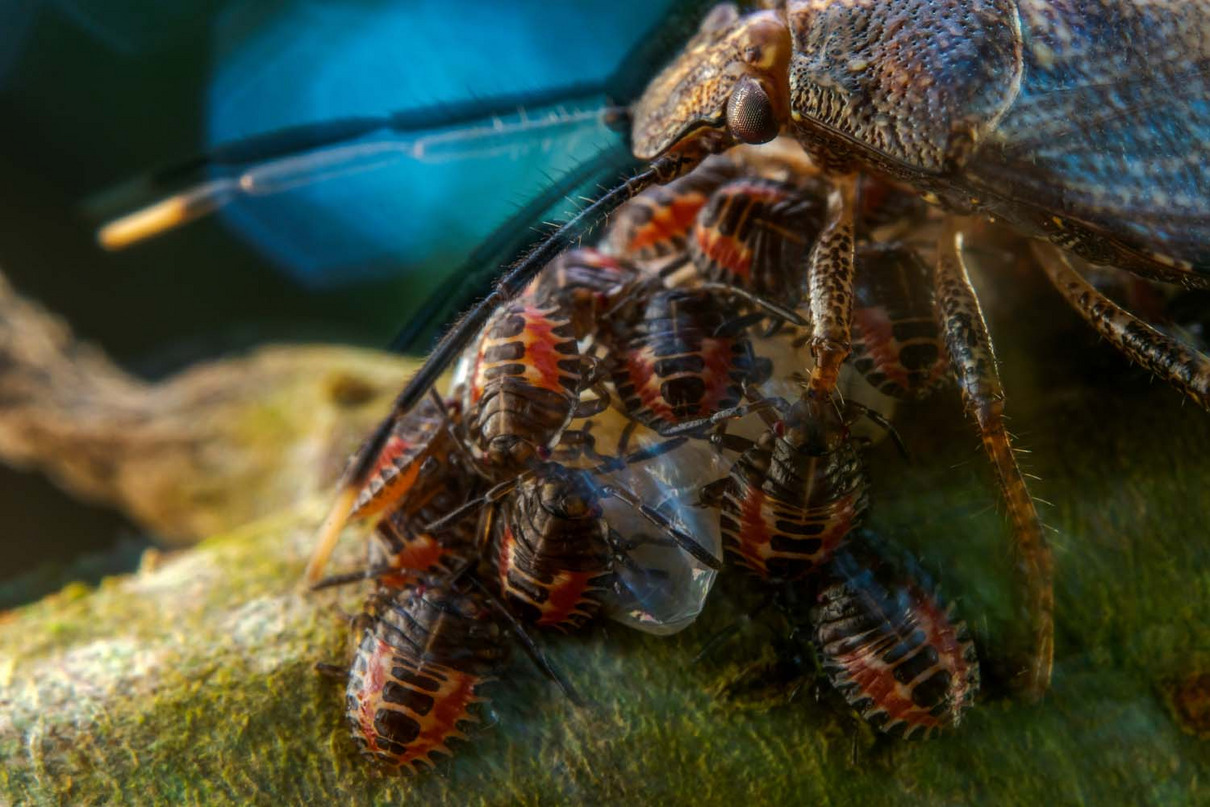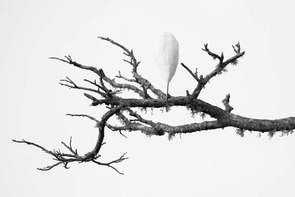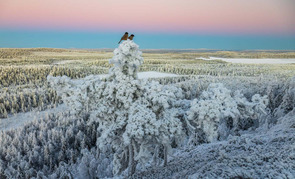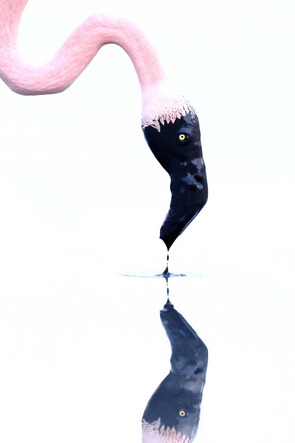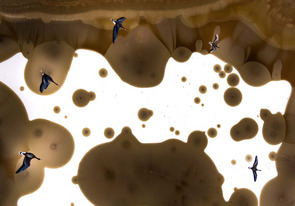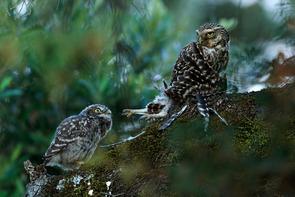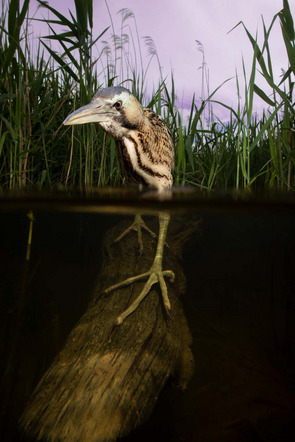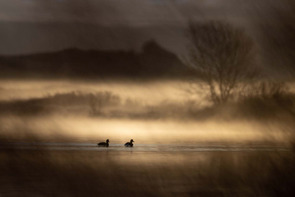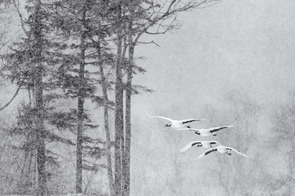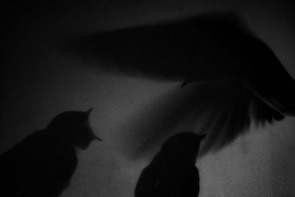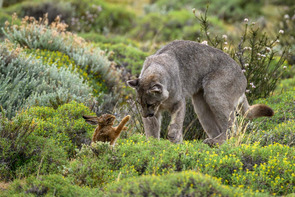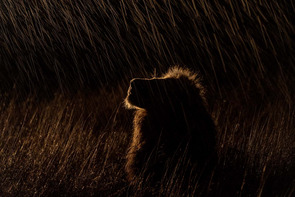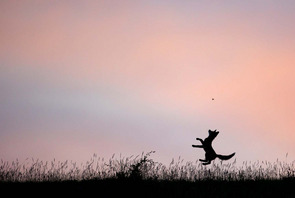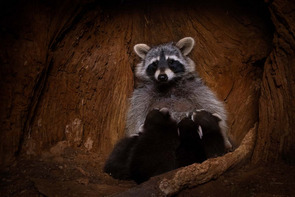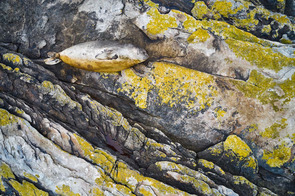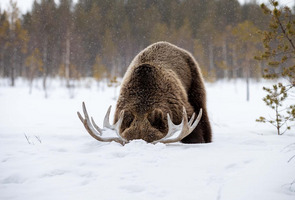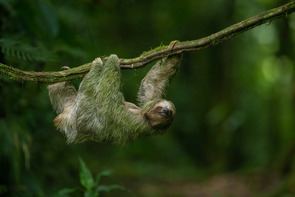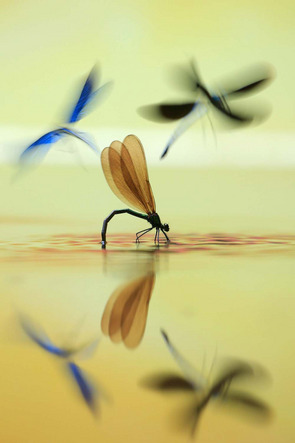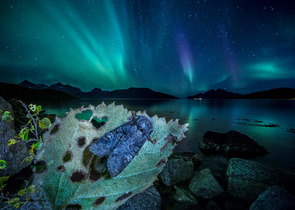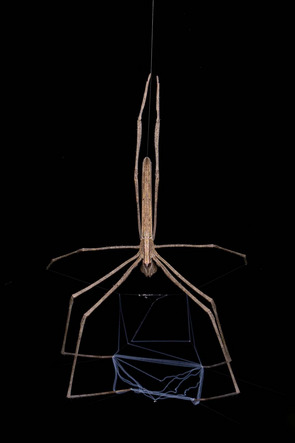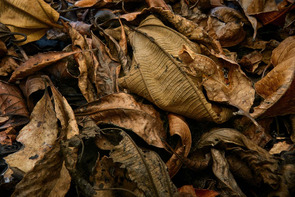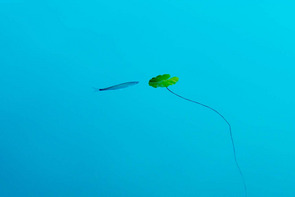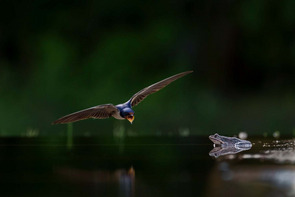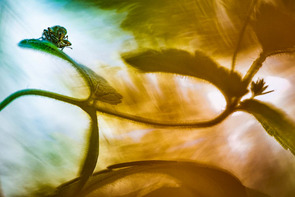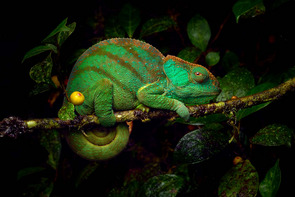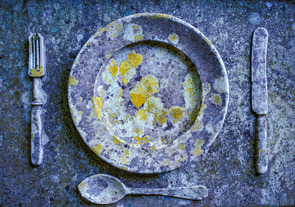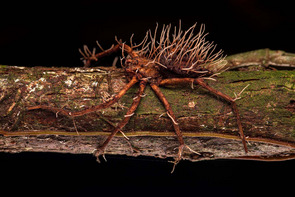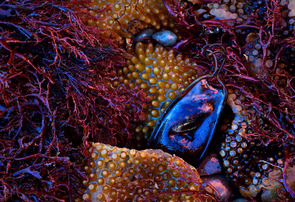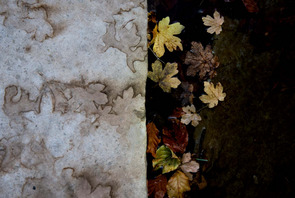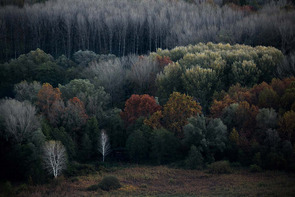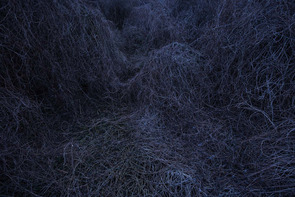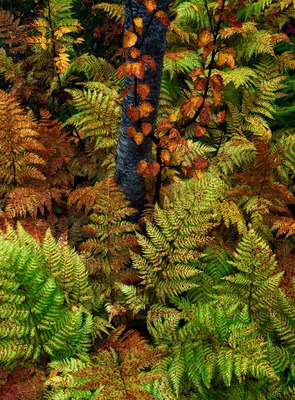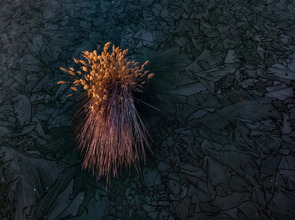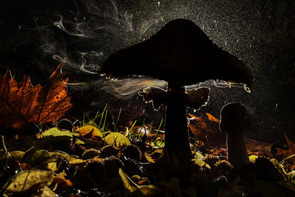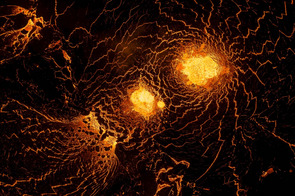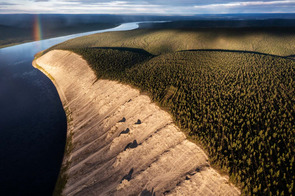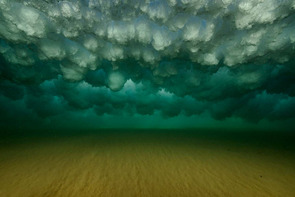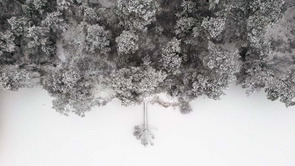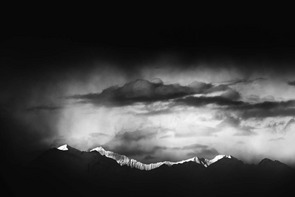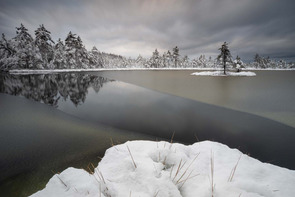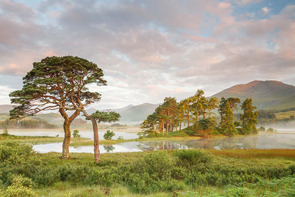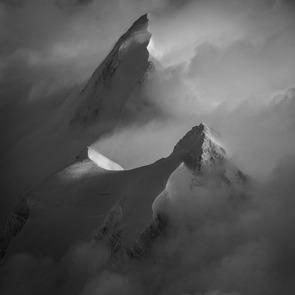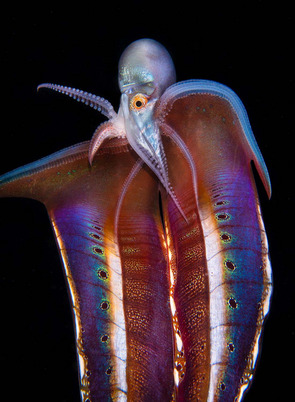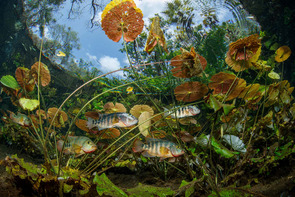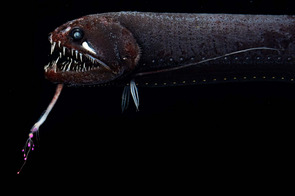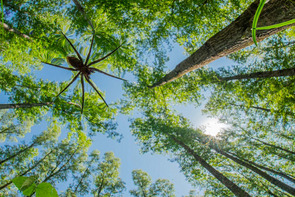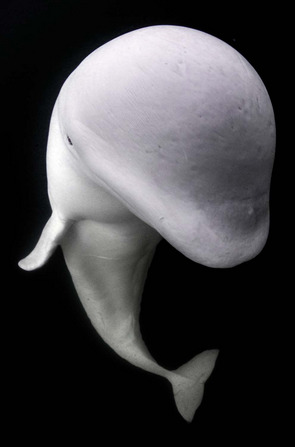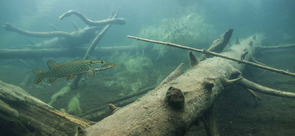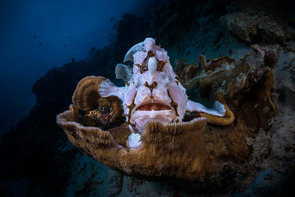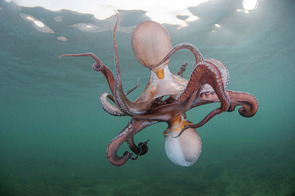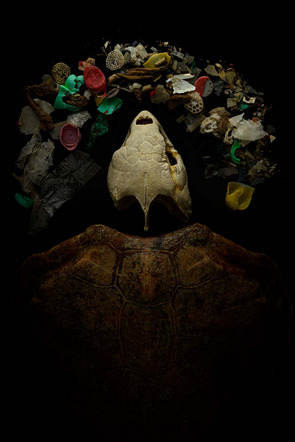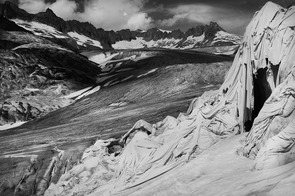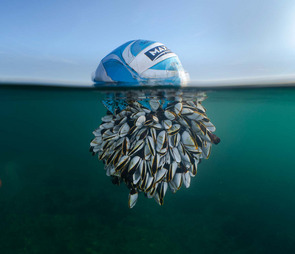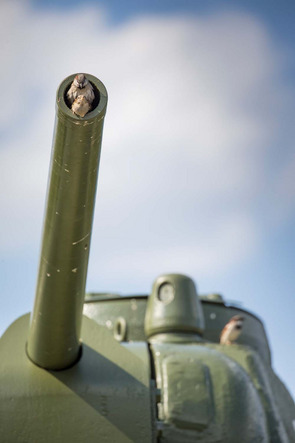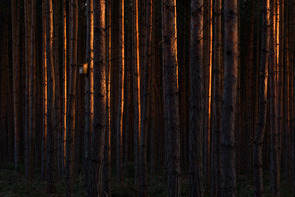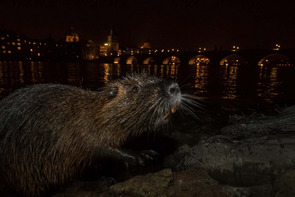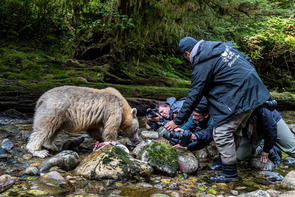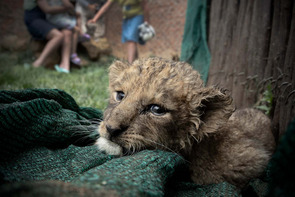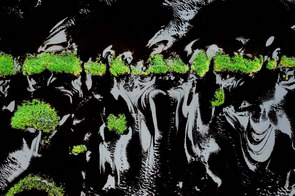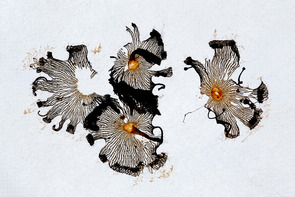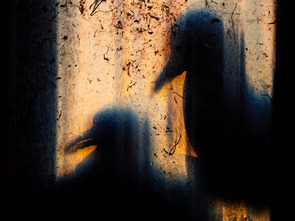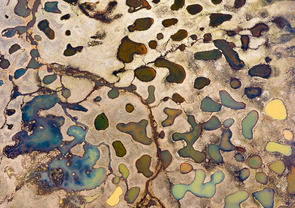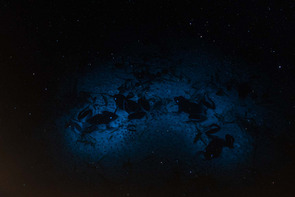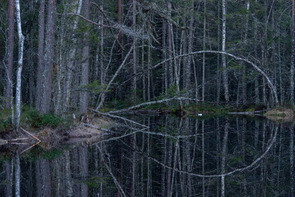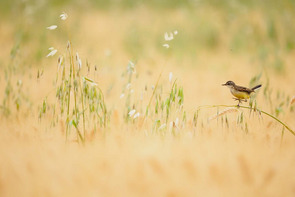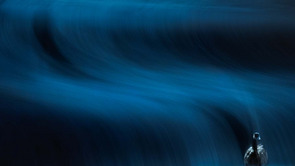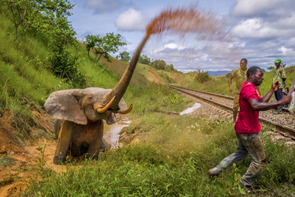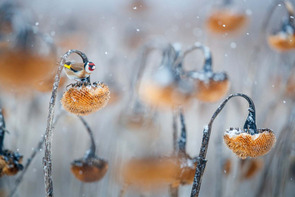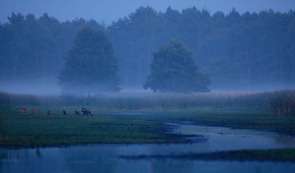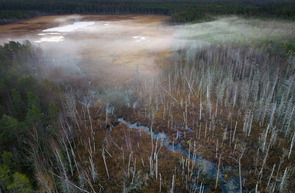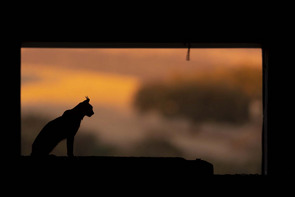Overall Winner: Javier Aznar González de Rueda (ES)
MATERNAL CARE
In Ecuador's largest protected area, Yasuní National Park, I was able to observe maternal care behaviour in the stink bug Antiteuchus tripterusover a two week period. The female bug guarded its clutch of eggs on a small branch. This behaviour has been reported for other true bug species. To my surprise, it turned out that the mother bug not only protected the eggs but also the newly hatched larvae up to their first moult. In Ecuador's rainforest, the stink bug's brood is vulnerable to attack by numerous predators and parasitoids such as ichneumon wasps. Maternal care significantly increases the offspring's chances of survival. The rainforest is ahighly complex ecosystem with countless organisms in a vast interconnected web of life.
Sony ILCE-7RM4, Laowa 2.8/25mm, flash with diffuser, ISO 320
BIOGRAPHY JAVIER AZNAR GONZÁLEZ DE RUEDA
The Spanish nature photographer Javier Aznar González de Rueda focuses on natural history, wildlife conservation and the relationship between humans and nature. Informed by his knowledge of biology, Javier's photographs offer a personal view of the wildness and fascination of nature. He believes that the power of photography can help preserve the planet as well as its fauna and flora. With his images, Javier hopes to draw the public’s attention to the urgent need to protect wildlife.Javier Aznar is a member of the International League of Conservation Photographers (iLCP) and The Photo Society. Javier has photographed for National Geographicand his work has been published in international magazines including GEO, BBC Wildlifeand Smithsonian Magazine. Javier Aznar González de Rueda currently lives in Spain and frequently works abroad on photographic projects.
Category: Young Photographers to 14 Years
This category invites young photographers in two age groups (up to 14 years old and 15 to 17 years old) to enter their five best photographs, irrespective of the themes of the categories (they do NOT need to comply with the given categories).
Category: Young Photographer 15 to 17 Years
Category: Fritz Pölking Prize and Fritz Pölking Junior Prize
The Fritz Pölking Prize is a special award of the competition European Wildlife Photographer of the Year, awarded by the German Society for Nature Photography (GDT) and Tecklenborg publishing house since 2007 in memory of the late Fritz Pölking. It is given away annually to honour exceptional work in the field of wildlife photography.to FRITZ PÖLKING PRIZE
Category: Rewilding Europe Award
This award was offered by the GDT in cooperation with Rewilding Europe to honor outstanding achievements in photography with a focus on rewilding. The aim here is to give nature time and space to restore itself in regions that have been affected by human activity.to REWILDING EUROPE AWARD
Introductory note to the GDT contest European Wildlife Photographer of the Year 2023
from Sabine Riewenherm
Nature photography and nature conservation are - in my opinion - perfect partners: Nature provides a myriad of motifs which photographers can draw on for their work. Nature photography in its traditional form, as practised by the GDT, sparks emotions. And emotions play an important role in nature conservation: They stimulate interest in species, habitats and the interconnectedness of nature as well as increasing awareness for nature conservation.
Emotions of a different kind are evoked by the winning photograph of this year's European Nature Photographer of the Year competition. Javier Aznar González de Rueda from Spain photographed brood behaviour in the stink bug Antiteuchus tripterus and gave his image the telling title Maternal care. Would the motif of such a bug have found favour in the past, perhaps a decade ago? Who knows.
What we do know is that insects as a group (which includes bugs) are gaining recognition and are increasingly at the focus of our attention. In part, this maybe because red and black firebugs are often seen crawling across the terrace and slender water striders love to scurry across the surface of the pond next door. That we are more aware of these animals is an positive and important development. True bugs, and many other groups of insects, are particularly species rich in the extensive agriculture habitats of our structured cultivated landscapes. More than 900 species of true bugs occur in Germany, more than 1,100 in Central Europe and more than 42,000 worldwide. Protecting these species and, above all, their habitats is an immense responsibility for all of us! Because bugs are often closely associated with certain habitat types and environmental conditions, their presence or absence provides vital information about habitat condition. Like many other animals, bugs are detrimentally affected by intensive agriculture, fertiliser and pesticide accumulation in water, and soil surface sealing in urban areas. Fitting to the motif of the winning photograph, insects in Germany are now better "cared for" than in the past as a result of the new Action Programme for Insect Conservation.
The winners of the Fritz Pölking Prize and the Fritz Pölking Youth Prize have the topic habitat loss in common. In his story A fragile refuge for forest elephants, the Dutch photographer Jasper Doest documents the ominous proximity of man and nature in a way that simultaneously fascinates and shocks. At first glance, Sunflower paradise by Mateusz Piesiak (Poland) depicts an ideal world. The photograph draws attention to the minute details and great diversity that can exist on a plot of agricultural land when - as in this case - it is not cultivated as planned. What impressive photographs from very different regions of our Earth!
But not only the award-winning images are remarkable. It is equally impressive that more than 920 photographers took part in this year's competition with just under 17,500 entries - proof of the great importance of nature photography today. This response is also evidence of the acceptance of the GDT's guidelines. The society's tenets not only demand and promote a contemporary and creative approach to nature photography but also strive to increase awareness for the vulnerability of all creation and call for respect and good nature stewardship. And that is precisely what unites us at the Federal Agency for Nature Conservation with the GDT and all contributing photographers.
Sabine Riewenherm
President of the German Federal Agency for Nature Conservation
Patron of the competition
Jury’s comment
by Mark Littlejohn (on behalf of the jury)
The winner of the European Wildlife Photographer of the Year competition in 2023 is Javier Aznar González de Rueda with his wonderful image Maternal care. The photograph shows a female stink bug's devotion to its newly hatched offspring as it protects them from parasites and other threats. In preparation, Javier spent two weeks observing the scene - an impressive testimony to his passion for the topic. But do we humans really believe that insects bond with their offspring? That they are capable of displaying parental feelings? And are humans capable of connecting emotionally with insects? From an early age on, the fate of dolphins, elephants, and other large animals touches our hearts. But all life deserves to be protected and cherished. The beautiful photograph by Javier is about just this - unconditional love. In all its forms and manifestations.
From a photography perspective, the image benefits from its vibrancy. It attracts and holds the viewer's attention. This, together with a fascinating backstory, made the image the clear winner of this year's contest. Not that picking an overall winner is ever an easy task. Additionally in this year, the jurors were faced with a quandary: Is the backstory important? Or should an image be judged solely on the basis of aesthetics. It is said that a picture is worth a thousand words. But this is the European Wildlife Photographer of the Year competition.
Animals, plants and all of the natural world are threatened by the unrestrained resource consumption of mankind. We as the jury felt that the story behind the photograph was important. And the acclaim of a photograph can help bring attention to pressing issues in nature conservation. A frighteningly large number of insect species are in decline. Recent studies have found that the rate of species extinction in insects is eight times higher than in mammals, birds and reptiles. And the world as we know it would not exist without insects. Renowned biologist E.O Wilson said: "If all mankind were to disappear, the world would regenerate back to the rich state of equilibrium that existed ten thousand years ago. If insects were to vanish, the environment would collapse into chaos." Keeping this in mind, the long, hard task of selecting one winner out of 19,000 entries was surprisingly easy.
Critically evaluating the photographs taken by others was a new experience for me. My photography has always been instinctive and individual. I need only to please myself. My emotions rule and logical thinking takes a back seat. This put me in a quandary when Sandra Bartocha requested I join the jury. I was to be part of a carefully chosen team. Here, my head would be just as important as my heart. I would have to carefully and thoughtfully compare each image to several thousand others alongside four other judges. I had visions of the selection process turning into a scene reminiscent of Twelve Angry Men with myself in the role of Henry Fonda. By the time we met for the first time in the beautiful city of Potsdam, each of us had assessed all 19,000 entries in the comfort of our own homes.
Now it was time to work hand in hand with judges from the Netherlands, Germany, Sweden, and England. Different cultures, different opinions. It took us more than three days to converge on our top 126 entries and finally agree on the overall winner. Could five such diverse characters as myself, Britta, Anders, Marijn and Karsten even agree on a single winner? Among an equally diverse set of photographs? Would we be able to agree on anything at all? But I was pleased to discover that nature photographers have certain similarities in character. Empathy is key to becoming a good nature photographer, as it is important to feel an emotional connection to the subject. It turns out that if you have empathy, it is also easier to reach a diplomatic compromise with other members of a jury. There was no confrontation and no foot stamping. We were united by a shared love of our world and its wonderful motifs. The only aggravation was occasionally having to drop a personal favourite from the official top ten list within a category. Or someone else’s favourite. But we are all fundamentally human and subject to the fickleness of human nature. Favourites can change, occasionally even at lightning speed. Sometimes I take a photograph that I instantly love. Yet the next day, I can only see its flaws and wonder what caused my earlier enthusiasm. I experienced similar mood swings regarding some of the competition entries. A few images were clear favourites in the morning, only to be discarded by afternoon. The reverse happened with several other photographs. In the end, however, the images were always judged in a diplomatic and democratic process. And no part of the process was rushed. Each one of us had the opportunity to speak at length about why we felt a particular image was worthy of moving on to the next round.
It was our job to judge labours of love. This is not a process that should be sped up because one feels impatient or hungry. On one occasion, we didn’t break for tea until 9 pm. We were so absorbed in our work that no one even noticed how late it was. Each category was associated with new challenges. Nevertheless, my assessment of Javier's winning image never once wavered during the selection process. And has not changed to this day. Even now, several weeks later, I can still recall the image in my mind’s eye. It is a good thing when excellent images with powerful narratives bring the plight of the natural world to the attention of ever more people around the world. Photography can be a powerful force for good in the fight for Earth and all its inhabitants, including the insects that may be more essential than we realise.
We´d like to thank our sponsors:
